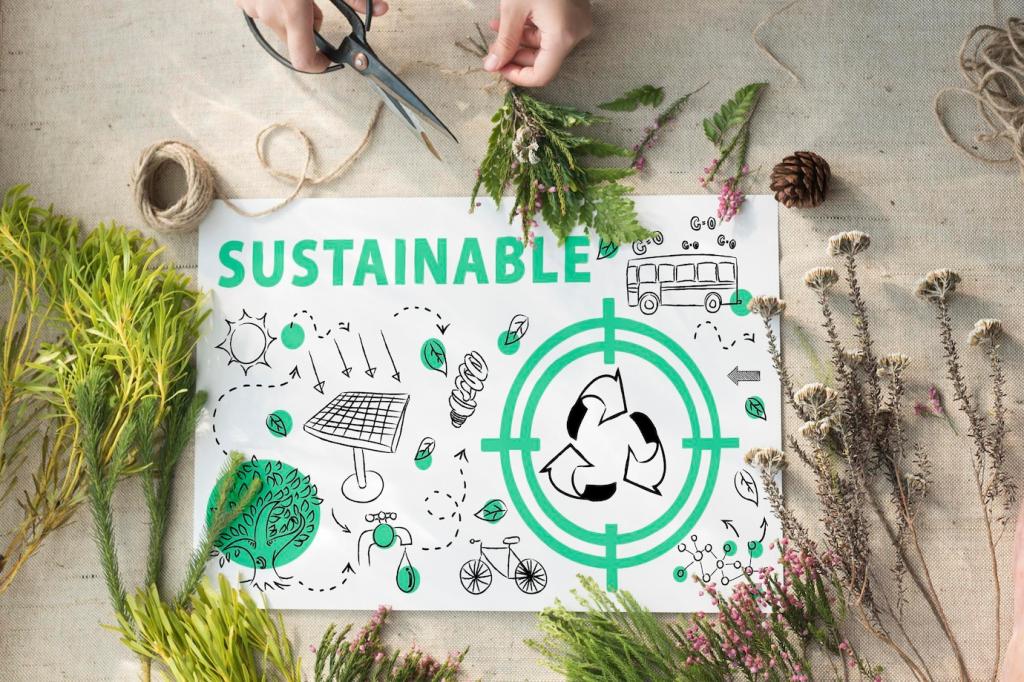Speak to Values, Not Virtue Signaling
Instead of targeting age brackets, identify lived motivations: saving money on energy, protecting a child’s health, keeping local parks clean. When you mirror real intentions, people feel seen and lean into sustainable choices willingly.
Speak to Values, Not Virtue Signaling
Guilt shuts doors; empathy opens them. Replace blame with curiosity, and acknowledge trade-offs. Phrases like “Try this when it’s doable” or “Start small” make eco-conscious living feel achievable and respectful of real constraints.



